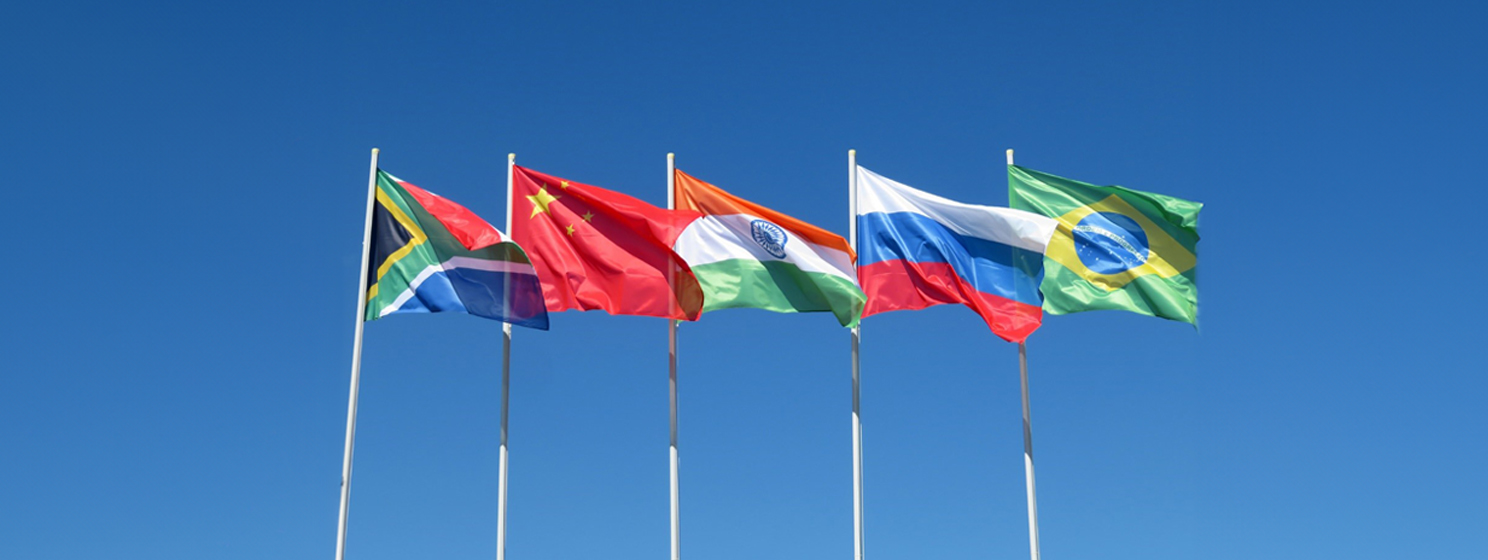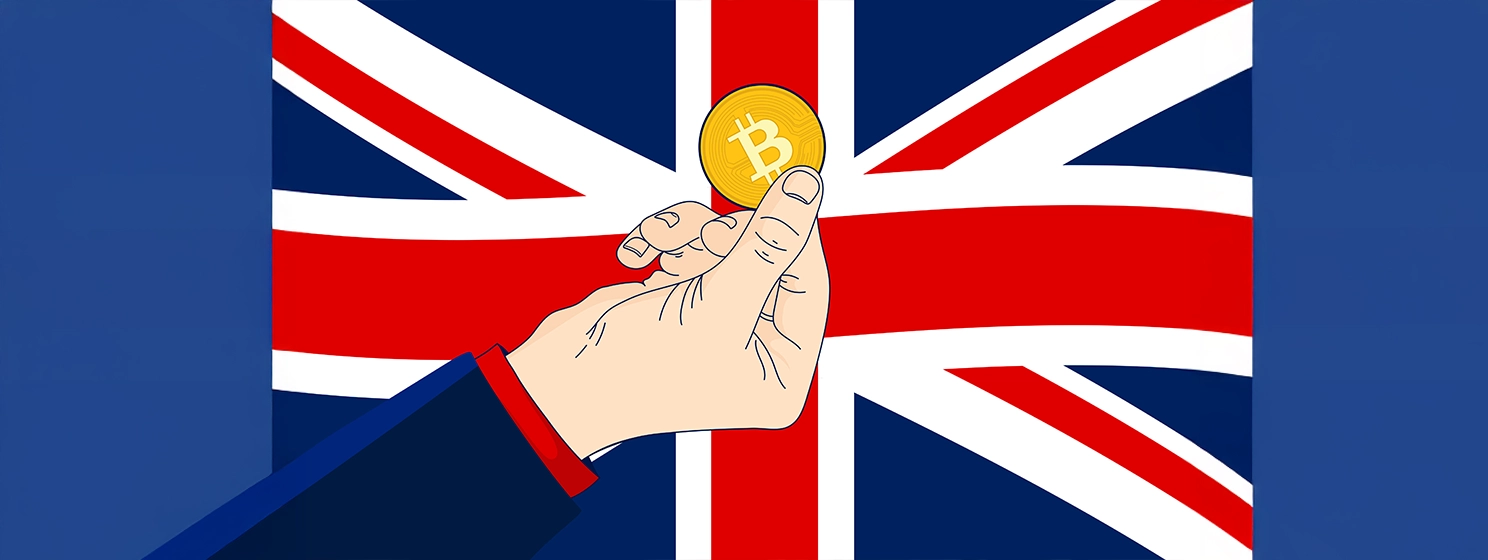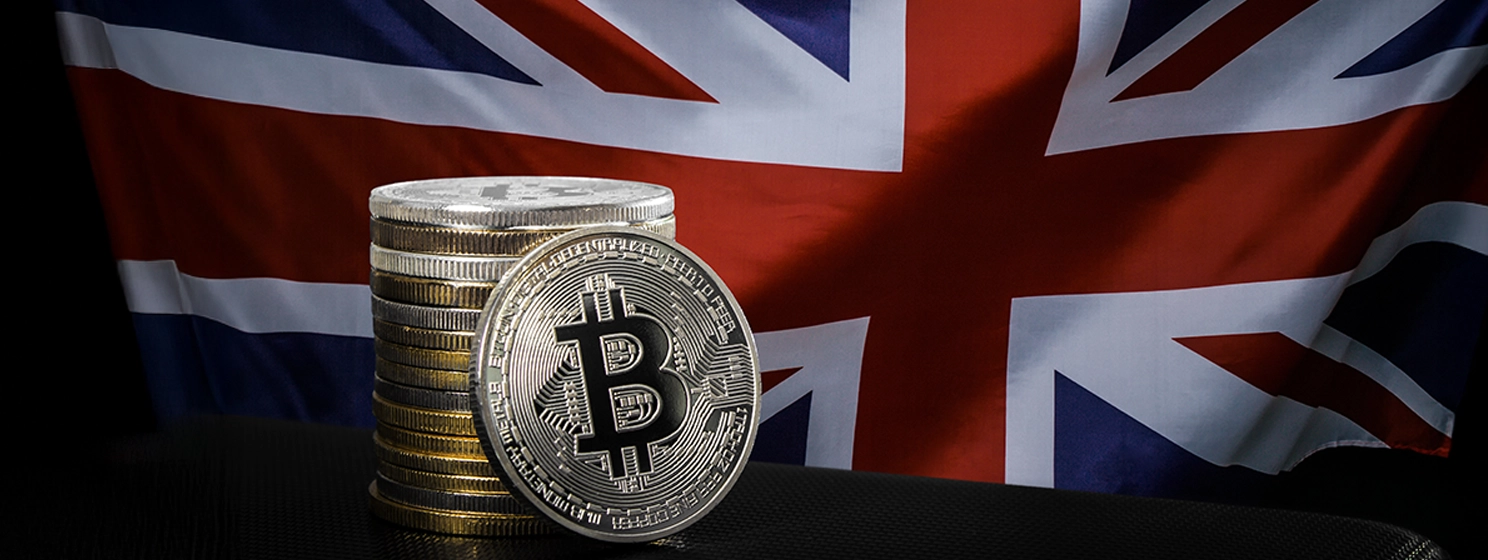|
Getting your Trinity Audio player ready...
|
Russian Foreign Minister Sergey Lavrov says members of the intergovernmental organization BRICS are increasingly turning to the economic bloc’s payment platforms as alternatives to Western payment systems.
Speaking to the media after a meeting with his Egyptian counterpart Badr Abdelatty, Lavrov claimed that more countries within and beyond BRICS are seeking alternatives to the United States dollar and the euro in global trade.
“Many are attracted by the fact that payment platforms are being developed within BRICS, which allow trading, investing, carrying out other economic operations without being dependent on those that decided to weaponize the dollar and the euro,” he stated, as reported by Russian state-owned agency TASS.
BRICS has been one of the more formidable opponents to the U.S. and its Western allies. The bloc, originally founded by Brazil, Russia, India, China and South Africa, has been clear in its goal of liberating the world from the greenback. With Russia and China increasingly sanctioned by the West and denied access to the global payment infrastructure, developing an alternative has become a key target for BRICS.
The bloc has increased its membership to include Saudi Arabia, Argentina, the United Arab Emirates, Qatar, Iran and Egypt. The bloc now boasts a combined gross domestic product (GDP) of $29.3 trillion.
Among the alternative payment platforms are BRICS Pay and BRICS Bridge, two payment rails designed to allow members to make payments for bilateral trade seamlessly. The latter is powered by blockchain, marking one of the biggest implementations of decentralized technology in global payments.
The members have also turned directly to digital assets. Russia recently legalized the use of digital assets for cross-border payments to ease the burden on local enterprises that have been locked out of SWIFT. The country is also building two national digital asset exchanges in Moscow and St. Petersburg to facilitate easier movement of value between fiat and digital assets.
While all BRICS members are eager to make a mark and reduce their dependence on the USD, developing a new system from scratch is an onerous undertaking. Elvira Nabiulina, the governor of the Bank of Russia, has acknowledged it could take years before all the members can harmonize their systems and regulations for a smooth-running payments infrastructure.
Despite the challenges, the bloc has its eyes firmly set on building the alternative, with Lavrov noting that “everyone understands that anyone may face US or other Western sanctions.”
Watch: Peer-to-peer electronic cash system—that’s micropayments

 12-22-2025
12-22-2025 




